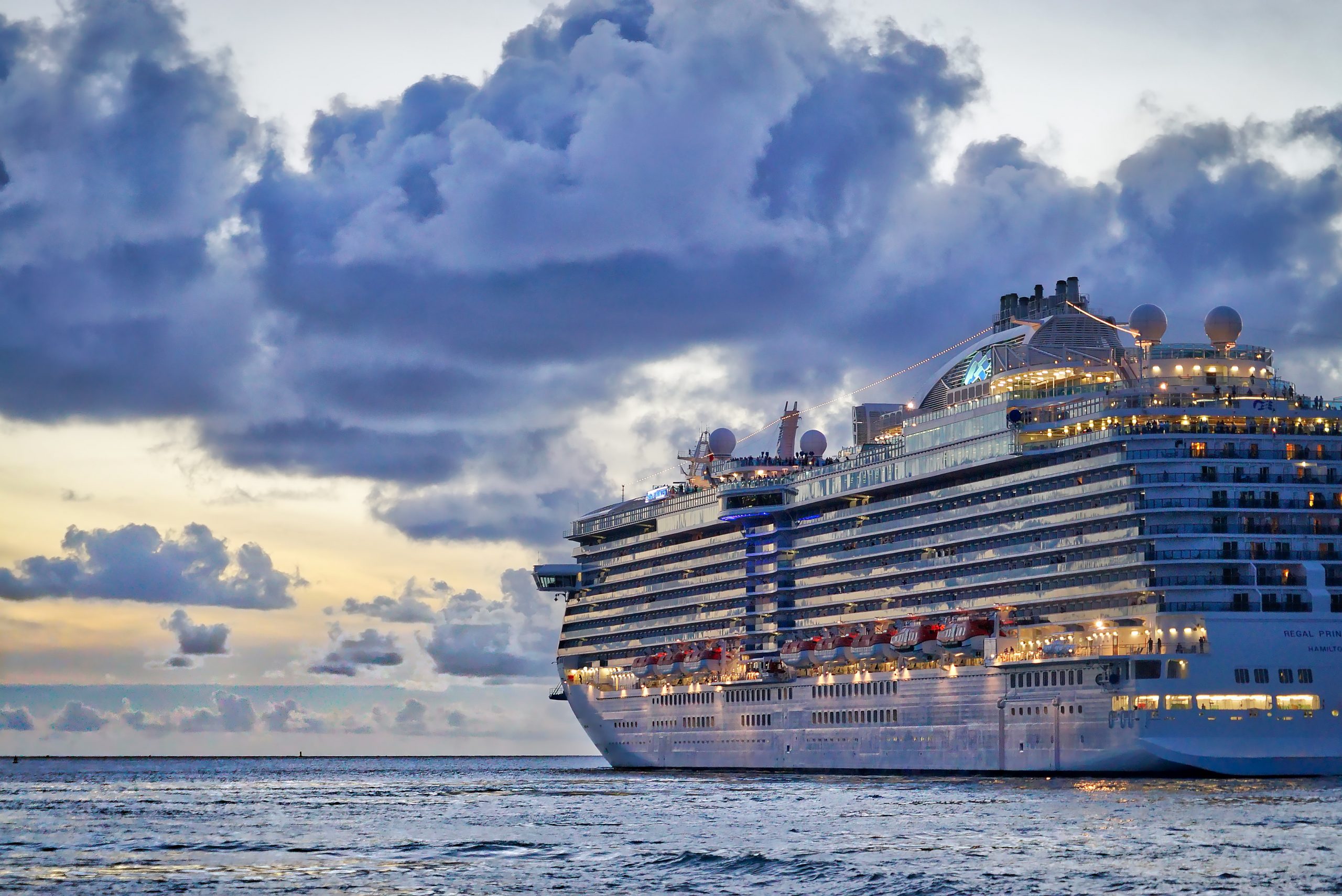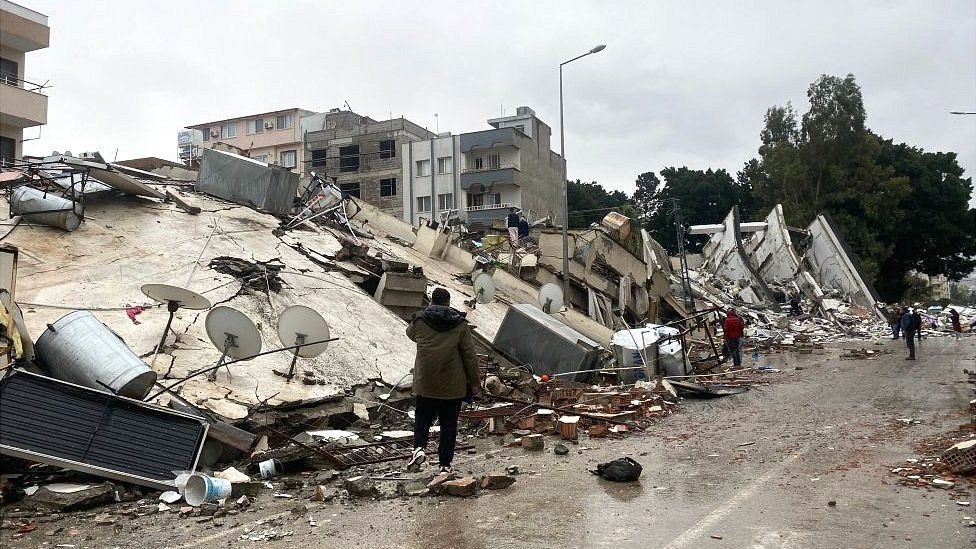Cruise is very popular in Turkey. The Costa Venezia, a 20-storey floating city, has just docked at Galataport, in the heart of Istanbul. At the quay, it will discharge up to 5,260 passengers capable, in a few days, of spending several thousand euros in the city. Galataport, a cruise port inaugurated last year on the European side of the Bosphorus, in the Karakoy district, should boost luxury tourism in Turkey.
The country is not going to do without it: the Turkish lira is depreciating day by day and inflation is close to 75% over one year, the highest since 1998. “Since October 1, 2021, the boats have been arriving one after others,” says Figen Ayan, Port Manager of Galataport.
In Galataport, trendy restaurants – including one by Turkish chef and social media star Nusret Gokce, known as Salt Bae – rub shoulders with Turkish and international brands and a chic hotel. The site also offers pedestrians a new walk with a breathtaking view of the Asian side of the city.
This kilometer along the Bosphorus had been inaccessible to local residents for two centuries, but critics have pointed out that this project wiped the slate clean of part of Istanbul’s urban memory and contributed to the gentrification of the district, located not far from that of Galata, overrun by tourists. In Turkey, Figen Ayan sees things differently and points out that Galataport opens up new access to the Bosphorus, and not just to cruise passengers. “A world first,” she says.
Objective 1.5 million cruise passengers per year in Turkey
The cruise industry is struggling to get back on its feet after the pandemic halted, but Turkey, which is already seeing the flow of tourists return, is counting on Galataport to further boost arrivals. About 30 ships have so far anchored in Galataport and 200 more are expected by the end of the year, for a total of 450,000 passengers.
In Turkey, The objective is to reach 1.5 million cruise passengers and 25 million visitors per year.
“Where an ordinary tourist spends $62 [58.5 euros] a day, a cruise ship passenger will spend $400 [378 euros],” notes Figen Ayan. But as elsewhere, this tourism is much decried.
“The environmental cost of cruises is seven times higher than the cash inflows they generate,” says Muharrem Balci, associate professor at Istanbul University. Ocean liners, which discharge large quantities of sewage, have an impact on marine life and aggravate global pollution, underlines Mr. Balci. Only a small part of the waste generated by these floating cities can be treated, and a significant amount is discharged directly into the sea, he explains.
Burak Caliskan, director for Turkey of the shipowner MSC Cruises, rejects the criticisms: “We do not believe that Istanbul will face a similar situation [to that of Venice]. The structure of the city is different,” he argues.
Last year, the Sea of Marmara, which washes the southern shores of Istanbul and is squeezed between the Black and Aegean Seas, experienced its biggest outbreak of “sea snot” — a kind of slimy foam — but Burak Caliskan assures that newly built ships meet environmental concerns.
“The exhaust gases are filtered and the paints used on the ship have been completely changed (…) so as not to harm the marine environment,” he said. “We even try to reduce the noise of the engines of our boats so that, on the high seas, they do not cause any nuisance, in particular to the whales. »




Comments are closed